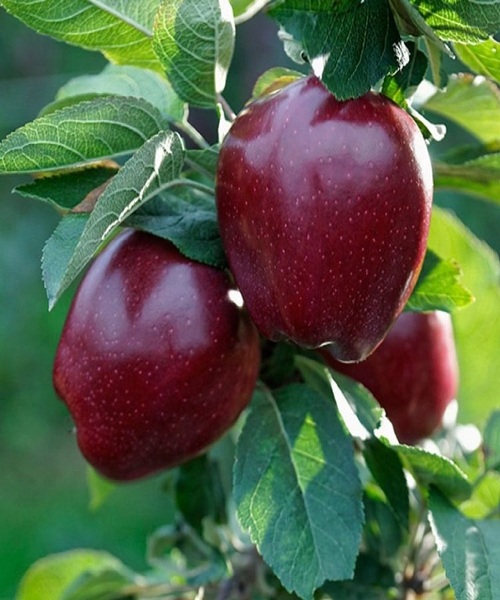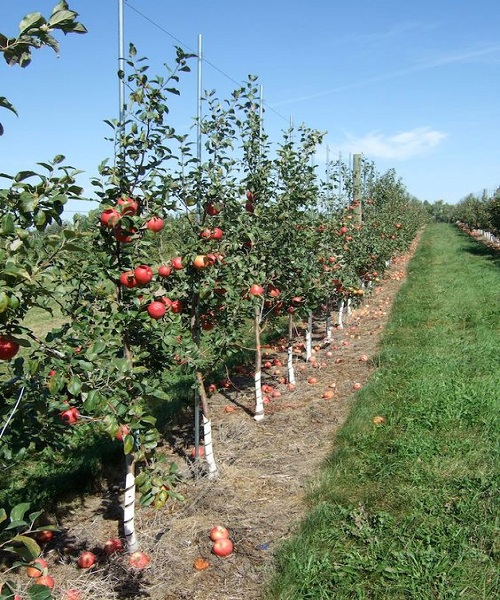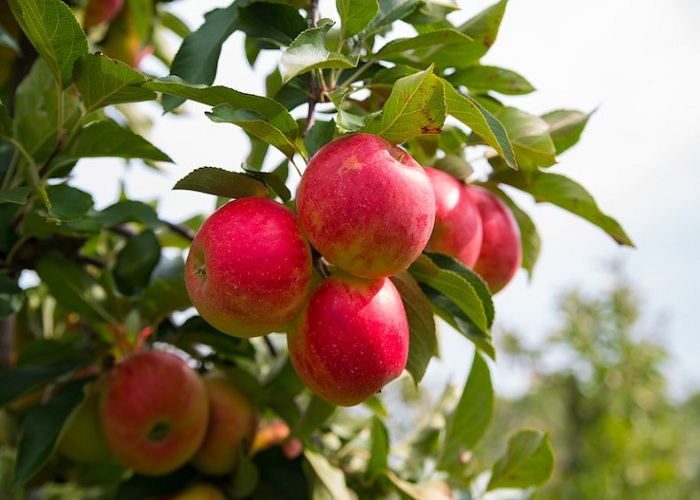There is no better time than the fall to plant and nurture a little orchard of apple trees in your backyard. Once planted and reaching maturity, an apple tree can provide fruit annually for twenty-five or more years. All without the hassle of annual planting and replanting.
Apples are delicious when eaten fresh, but they also keep nicely in the pantry. Actually, many types can be kept for months without refrigeration if kept in a cold, dark place.
Keeping this in mind, this article will provide you some tips on planting trees this year so that you can reap the benefits of your efforts for many years to come. How to plant apple trees?
Select the Best Varieties
Choosing the correct apple kinds to cultivate is a crucial part of the growing process. For the sake of your trees’ health and growth, but also because they thrive in your region’s climate.
Selecting kinds that are hardy and adaptable to your growing zone is the first step. If you don’t, you can end up with a fruitless tree or, even worse, one that can’t handle your area’s weather. The odds of success will always be higher if you choose local strains.
Here Are a Few of Our Favorite Apple Varieties:
- Winesap Apple Tree
- Fuji Apple Trees
- Red Delicious Apple Tree
- Honeycrisp Apple Tree
- Gala Apple Tree
Knowledge of how each apple tree is pollinated is also crucial. When it comes to apple trees, having a second pollinator is almost always necessary for fruit to set. For this reason, it is inadvisable to plant just one tree.
Let’s say the Fuji apple is your favorite. It’s a great disappointment to learn that a single Fuji apple tree you plant will never produce a single apple for your eating pleasure. Why? Since the Fuji is an unfruitful self-sterile cultivar, a second pollinator is needed in order for it to bear fruit.
You’ll need to grow a second tree, maybe a Gala or Granny Smith, to pollinate your Fuji apple flowers.
Though choosing tolerant and partner-friendly cultivars may sound complicated at first, pollination charts are available at most nurseries and online stores. Good nurseries will have knowledgeable employees that can answer your questions and help you through the procedure.

How to Successfully Plant an Apple Tree: Top Tips!
Actually, it doesn’t take much effort at all to plant a fruit tree. The key to successful planting is a hole that is big enough to accommodate the plant’s growing roots, a healthy mix of soil, and plenty of water.
Start by making a large and deep hole in the ground. Two to three times the diameter and one and a half times the depth of the container is ideal. After you have dug your hole, you should fill it back in with a combination of soil and compost.
The hole should be filled to a depth of about an inch above the root ball’s intended resting place. Inundate the root ball with a few litres of water now. Next, use a combination of compost and soil to fill up the remaining space surrounding the hole.
When you’re ready to plant the tree for good, the bottom of the trunk should be at or slightly above earth. This will ensure proper drainage and prevent the tree from becoming waterlogged. Apply a three- to four-inch layer of mulch, and you’re done.
Mulch has two crucial functions: it helps the tree retain moisture and it shields the root ball from damage. Natural mulches like shredded hardwood mulch, straw, or shredded leaves are all good options.

Watering & Maintenance
Be sure to water your tree every day for the first several weeks after planting. Soil won’t dry out as quickly, allowing roots to establish themselves in the new location. After the first few weeks, water just once or twice a week unless the weather is extremely hot and dry.
After the tree has been established for a few months, you need only water it once a week if there has been no precipitation in that time. Water once a week till the ground freezes if you live in a cold climate. Don’t stop watering your tree once a week if it hasn’t rained in the first year; this will help the young roots get established.


